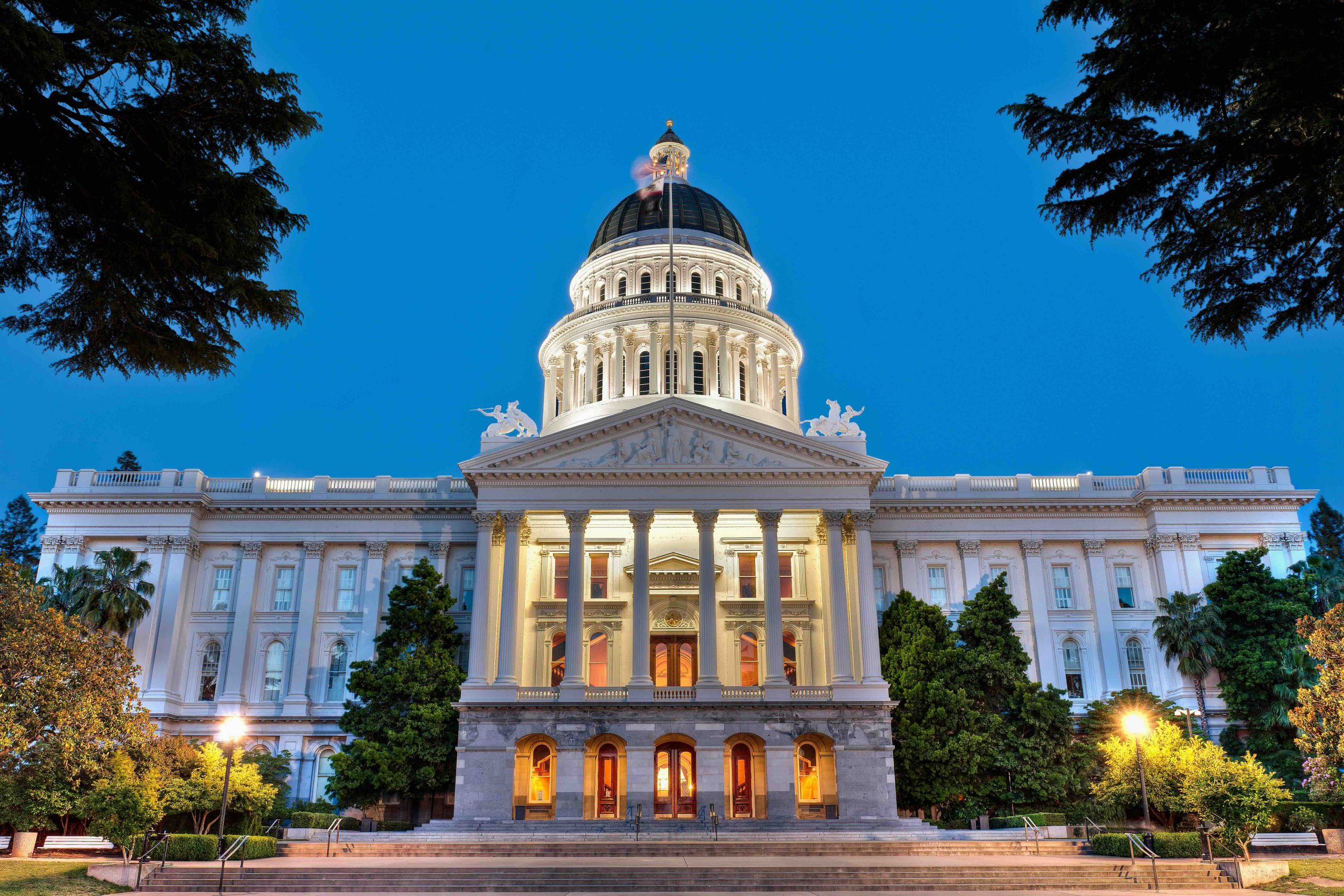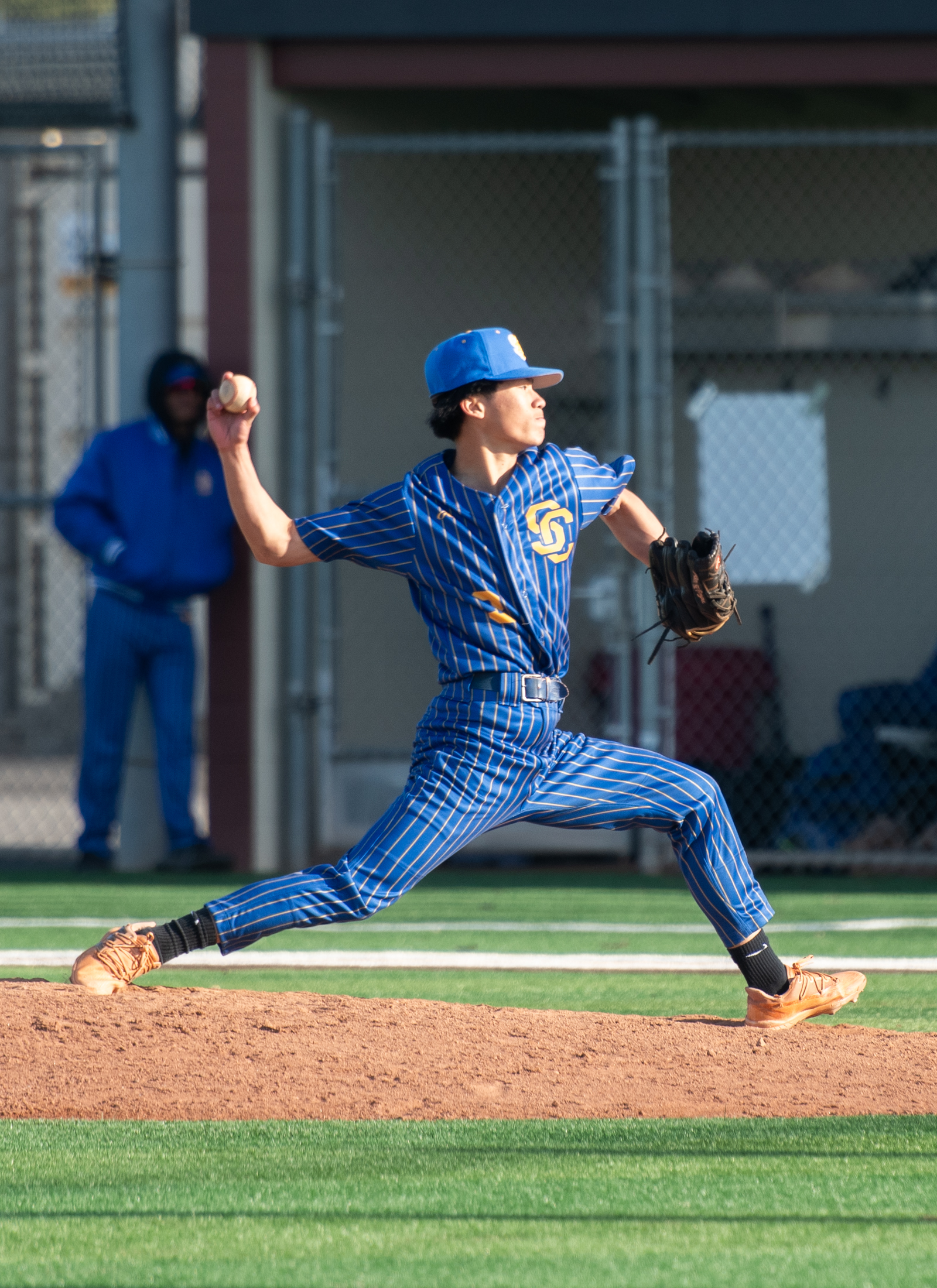

Jacob Palpallatoc, a fourth-grade student at Westwood Elementary School, examined how sensitive worms are to their environment and how they respond to light.
“For my hypothesis, I predicted if I put a worm in a white light, it’d go down into the soil. And that’s what it did,” Palpallatoc says.
Palpallatoc’s experiment was one of over 300 science projects filling the gym of Wilcox High School on May 14. Several hundred students representing 19 schools in the Santa Clara Unified School District gathered for the SCUSD-SCUP (Santa Clara Unified Parents) Science Fair.
“The purpose of the fair is for students throughout the district with the best science fair projects to be able to share their projects with judges and the community,” says Jodi Muirhead, chairperson of the fair. “Each school gets to pick the students they send to the district fair. We have 45 judges from throughout the community, including City Council members and a county school board member.”
Participants were ready to talk about their projects.
“I added two chemicals, alcohol and Clorox, separately to two different plants,” says Haley Birton, a fourth-grade student at Montague Elementary School. “My conclusion is that alcohol does more damage to plants than Clorox.”
Also at the fair were Nadya Medina, Janna Crocker, and Stephen Huang, who are eighth-grade students at Don Callejon School.
Medina displayed an apparatus, assembled with tin cans, wiring, and Styrofoam. It measured the amount of electricity that can be produced by water.
“I’ve found that the hotter water is, the fewer sparks it makes,” Medina says.
“My project looks at which antacid is most effective,” Crocker says. “I put substances in vinegar and noted the change of pH in the vinegar. I found Alka-Seltzer more effective than Tums.”
“I found out that steel wool affects the rate of oxygen consumption,” Huang says. “I measured the rusting of steel wool [in water], which changed the water level in the test tubes I used.”
After the students shared their science projects with judges during the day, they returned to the fair later that evening with family members to collect either blue, red, or white ribbons. Blue ribbons were the highest form of recognition. Also, during the evening, a group called Climate Change Education presented information about climate science.
“After three years of SCUP sponsorship, the school board recently approved funding and support for the science fair in the 2014-2015 school budget,” Muirhead says.
Three years ago, Muirhead offered to chair the annual event when the science fair was cut from the school district budget. A mother of three children, Muirhead believes that the ability to assemble a science fair project is an important asset for Silicon Valley students to have.
“It’s nice to see everyone coming out here again for this annual event,” says Stanley Rose, superintendent of SCUSD. “Putting this together is a community effort.”





